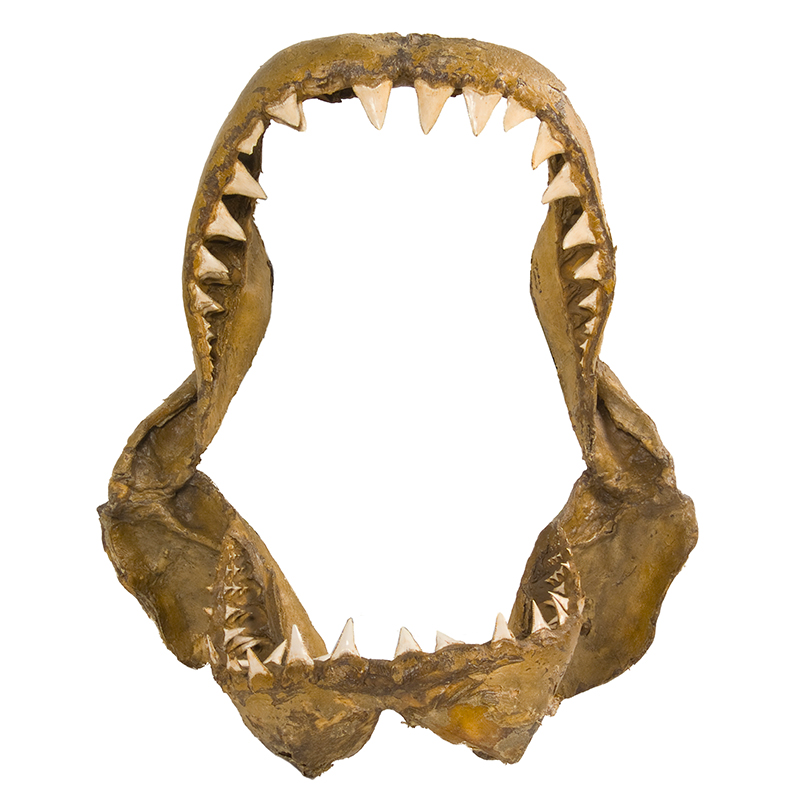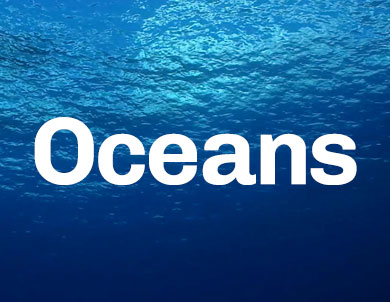Sharks don’t have bones. Their skeletons are made of cartilage - the same soft, flexible stuff as your ears and the tip of your nose are made of. This is true for all sharks, from the formidable great white to the gentle giant the whale shark.
Do sharks have any bones at all? If so, how many?
Shark skeletons don’t include any bones at all. But their jaws, spinal column and the cartilage surrounding their brain are strengthened by calcium salts, which get deposited into their skeletal cartilage from the food they eat. Over time, this makes these body parts harder and stronger.
While humans have 206 to 213 bones in our body, most sharks have about 200 to 400 structures made of cartilage. The exact number varies depending on the species.
The only part of a shark's skeleton not made of cartilage is their teeth, which they're famous for.
Since cartilage is softer than bone and teeth, it doesn’t fossilise very well. But we’ve learned a lot about the history and evolution of sharks from their fossilised teeth.
Why do sharks not have bones?
‘We think early sharks developed a cartilaginous skeleton because it better suited their lifestyle,’ explains Emma Bernard, our Fossil Fish Curator. ‘Being light and more flexible than bone, cartilage means sharks can typically swim faster than bony fish.’
Cartilage is about half as dense as bone. Sharks don’t have the swim bladders that many bony fish have to stop them from sinking, so the low density of their cartilage skeleton helps them to remain buoyant.
Sharks have large livers filled with low-density oils that also help with this.
As well as being flexible, their skeletal structure helps give some species of shark a powerful bite. Their upper jaw is not fused to their cartilaginous skull, allowing them to open their mouths very wide. This makes their downward bite faster and harder. The great white shark has one of the most impressive bite forces in the world.
Did sharks’ ancestors ever have bones?
‘This is still being debated,’ Emma explains.
While bone fossilises, it’s still a very rare process and the fossil record only preserves a very small percentage of animals that have lived and died.
Emma adds, ‘It’s thought that sharks’ ancestors likely had a bony skeleton, but sharks and other cartilaginous fishes, such as rays and skates, reverted back to cartilage because it’s lighter and more flexible than bone. This offered advantages including escaping predators and being able to turn more quickly in the water in pursuit of prey.’

Great white shark jaw and teeth
